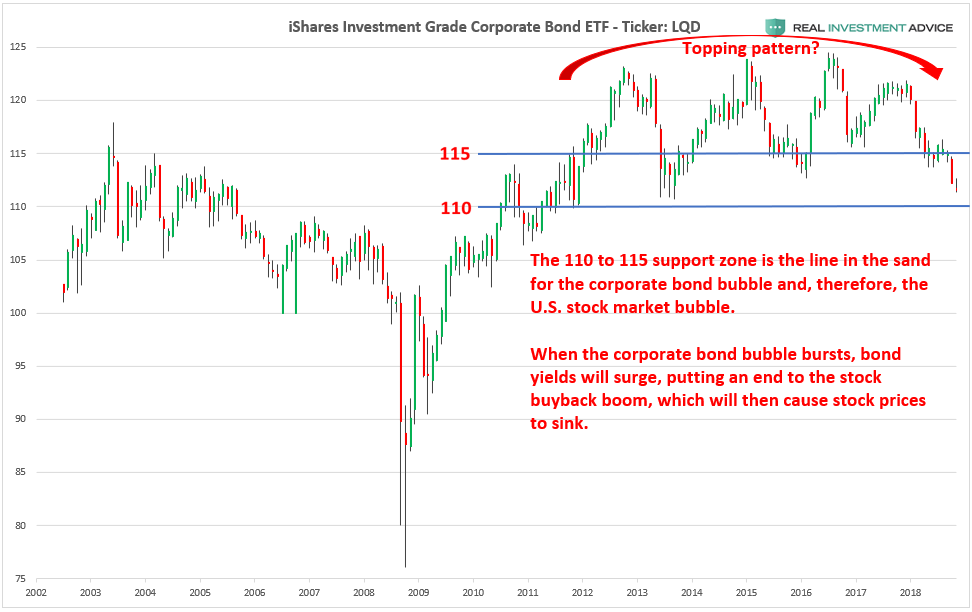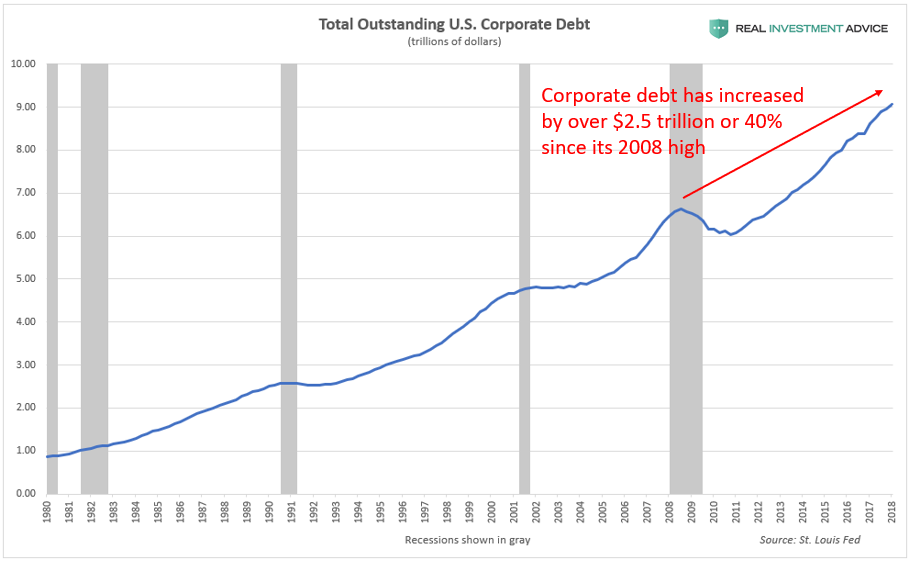And I find it kinda funny, I find it kinda sad
The dreams in which I’m dying are the best I’ve ever had
I find it hard to tell you, I find it hard to take
When people run in circles it’s a very very
Mad world, mad world
/https://public-media.smithsonianmag.com/filer/4f/9b/4f9bad96-304a-4451-85a7-c9fa56f4cc53/screen_shot_2017-10-04_at_54310_pm.png)
The haunting Gary Jules version of the Tears for Fears’ Mad World speaks to me in these tumultuous mad times. It must speak to many others, as the music video has been viewed over 132 million times. The melancholy video is shot from the top of an urban school building in a decaying decrepit bleak neighborhood with school children creating various figures on the concrete pavement below. The camera pans slowly to Gary Jules singing on the rooftop and captures the concrete jungle of non-descript architecture, identical office towers, gray cookie cutter apartment complexes, and a world devoid of joy and vibrancy.
The song was influenced by Arthur Janov’s theories in his book The Primal Scream. The chorus above about his “dreams of dying were the best he ever had” is representative of letting go of this mad world and being free of the monotony and release from the insanity of this world. Our ego fools us into thinking the madness of this world is actually normal. Day after day we live lives of quiet desperation. Despite all evidence our world is spinning out of control and the madness of the crowds is visible in financial markets, housing markets, politics, social justice, and social media, the level of normalcy bias among the populace has reached astounding levels, as we desperately try to convince ourselves everything will be alright. But it won’t.
…click on the above link to read the rest of the article…


















